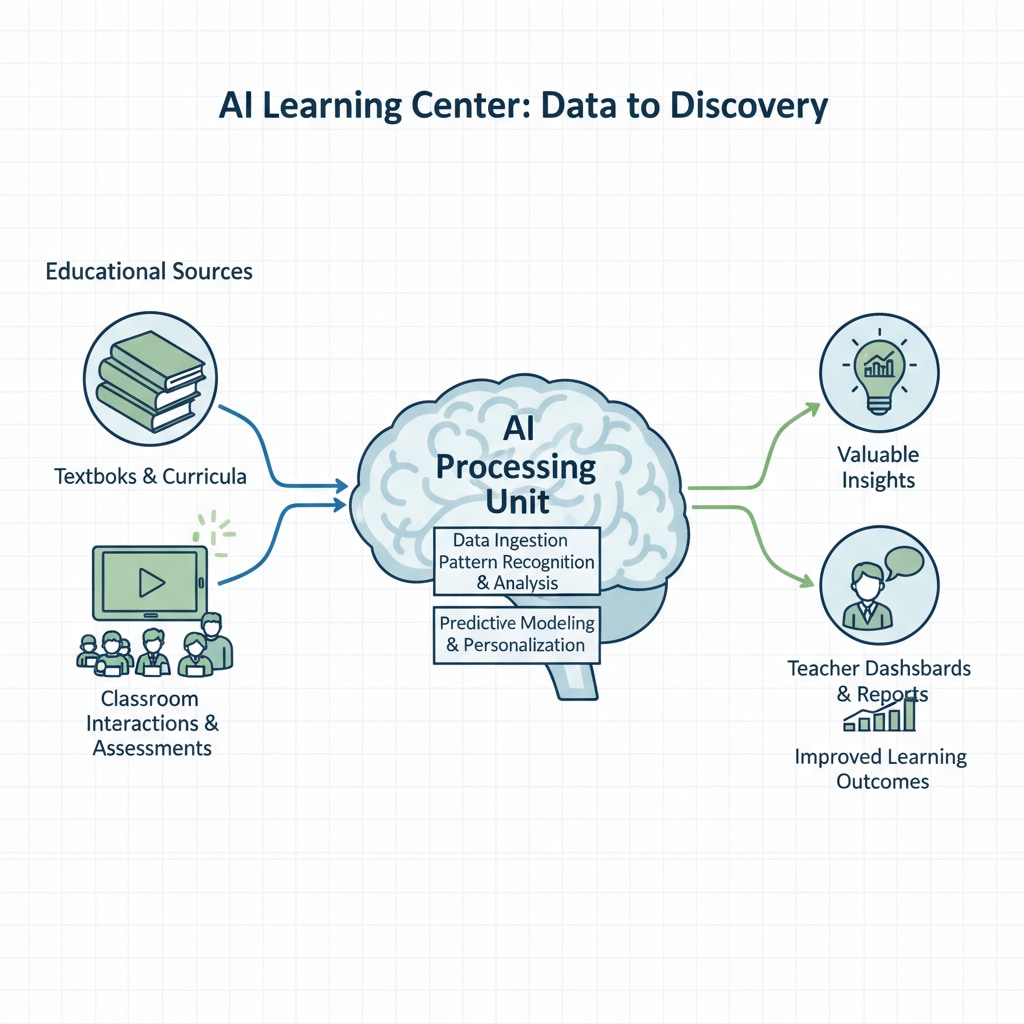In the modern landscape of education, the concepts of AI learning centers, data integration, and teacher insights have become pivotal. As the digital transformation of education accelerates, educators are grappling with a significant challenge: student data is scattered across multiple platforms. This fragmentation makes it arduous for teachers to gain a comprehensive understanding of students’ learning progress.

However, the emergence of unified AI learning centers offers a promising solution.
The Imperative of Data Integration in Education
Data integration is the cornerstone of effective educational strategies. In today’s digital era, various educational tools and platforms generate an abundance of data about students. Learning management systems, online assessment tools, and educational apps all contribute to this data pool. But without integration, this data remains siloed, rendering it less useful. For example, a student’s performance in math on an online learning platform may not be correlated with their progress in language arts on another platform. By integrating data, educators can paint a holistic picture of a student’s strengths, weaknesses, and learning patterns. This comprehensive view empowers teachers to make more informed decisions about instruction, as Educational data mining on Wikipedia explains.
Unleashing the Power of AI Learning Centers
AI learning centers act as a central hub for data aggregation and analysis. These centers utilize advanced algorithms to process the integrated data. They can identify trends, predict learning difficulties, and suggest personalized learning paths. For instance, if an AI learning center detects that a student is consistently struggling with a particular topic in science, it can recommend targeted resources and additional practice materials. This not only benefits the students but also provides teachers with actionable insights. Teachers can then tailor their lessons to meet the specific needs of each student, as per Artificial intelligence in education on Britannica.

In addition, AI learning centers can facilitate communication between teachers, students, and parents. Through real-time dashboards, teachers can share progress reports and insights with parents, keeping them informed and involved in the learning process. This collaborative approach enhances the overall educational experience.
In conclusion, the establishment of unified AI learning centers for data integration and teacher insights is a game-changer in K12 education. By breaking down data silos, these centers enable personalized teaching, leading to improved learning outcomes for students. As technology continues to evolve, the role of AI learning centers will only become more significant in shaping the future of education.
Readability guidance: The content uses short paragraphs and lists to summarize key points. Each H2 section provides relevant details. Passive语态 is minimized, and transition words are used throughout to enhance flow.


